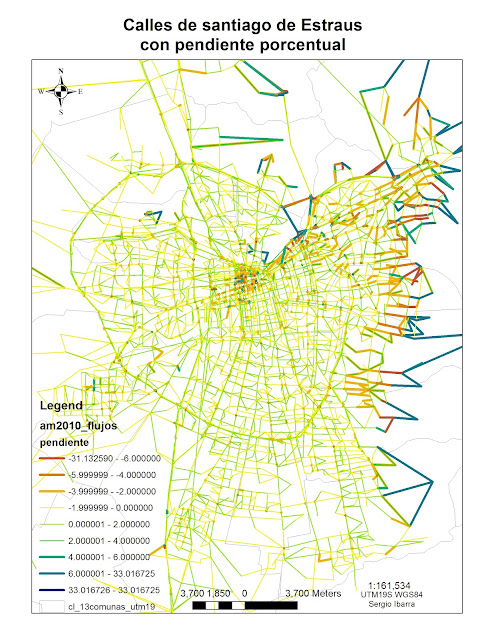ERROR: Grib2 file or date problem, stopping in edition_num. Can't ungrib.exe SOLVED
Well, it seems that this problem can be very common. Usually, you have a directory for downloading the meteorology from NCEP/UCAR. Probably, you will have the script for downloading the data in the same directory. If you link the grib files based on the name there won't be any problems ./link_grib.csh /path/GFS* However, it could be possible to link the whole directory. You might do this when you have a whole year of meteorological data. ./link_grib.csh /path/ If you have scripts for downloading the met data in the same directory, THEN you will have the message: ERROR: Grib2 file or date problem, stopping in edition_num To avoid this error, just move the script for downloading the met data elsewhere and link the directory again. Finally, do ungrib.exe UPDATE 2018-12/15 (I mean 15 of December of 2018) I had the same problem again, and with the same data! and this solution did not work till i did this: ./link_grib.csh /path/GFS Yes only the first letters, in ...






hola estimado me interesa mucho los temas que tocas, una pregunta? existen tutoriales o paginas para poder correr el WRF en R desde windows?
ResponderEliminarEstimado, es dificultoso el compilar WPS y WRF en ambiente Windows, puesto que, es una software altamente demandante de recuros de hardware, por lo que, para su óptima ejecución, debe ser compilado para la arquitectura y máquina específica donde será ejecutado.
EliminarSin embargo, existen versiones precompiladas para Windows a través del proyecto WRF-CMake, (donde éstos binarios precompilados de WRF son utilizados por el plugin GIS4WRF de QGis, el que te permite configurar y correr WRF desde Qgis de manera muy gráfica).
Cabe destacar que WPS y WRF para Windows, no brindan la misma performance que si hubieras descargado el código fuente y lo hubieras compilado por tí mismo en un ambiente Linux. Además en Windows, no puedes prescindir del ambiente gráfico, cosa que sí puedes hacer en una máquina Linux, dejando sólo un ambiente de trabajo mínimo y con todos los recursos disponibles para ejecutar la modelación (y no desperdiciar recursos en despliegues gráficos, ventanas ni servicios innecesarios como el servicio de audio, impresión, licenciamiento, entorno de red, detección de dispositivos, etc.).
Puedes descargar WPS (el pre procesador) desde aquí:
https://github.com/WPS-CMake/WPS/releases
Puedes descargar WRF (el modelo en sí) desde aquí:
https://github.com/WRF-CMake/WRF/releases
Y para WPS necesitas sí o sí, los archivos de topografia (archivos de topografía en alta resolución, sólo los mandatorios):
http://www2.mmm.ucar.edu/wrf/src/wps_files/geog_high_res_mandatory.tar.gz
Si deseas usar tan sólo un núcleo, puedes descargar la versión de WPS y WRF llamada "serial", pero si quieres utilizar mas de un núcleo, deberás descargar la versión "dmpar", pero antes debes instalar Microsoft MPI, enlaces disponibles en las instrucciones de los enlaces.